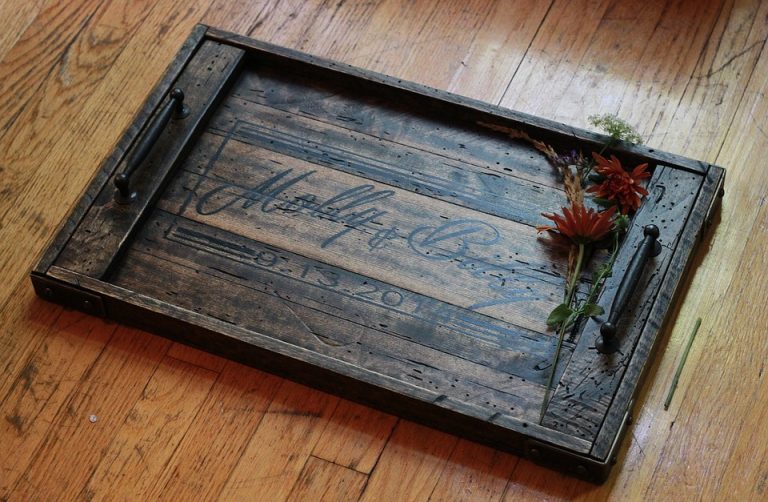Replacing a water heater may seem like a daunting task, but with the right knowledge and preparation, it can be a relatively straightforward process. From start to finish, here is a timeline of what to expect when replacing a water heater.
Step 1: Identifying the Problem
The first step in replacing a water heater is identifying the problem with the existing unit. Common signs of a failing water heater include leaks, strange noises, or lack of hot water. Once the issue has been identified, it is important to assess whether the unit can be repaired or if it needs to be replaced.
Step 2: Choosing a New Water Heater
When choosing a new water heater, there are several factors to consider, including the size of the unit, energy efficiency, and fuel type. It is recommended to consult with a professional plumber to determine the best water heater for your specific needs.
Step 3: Removing the Old Water Heater
Once a new water heater has been selected, the next step is to remove the old unit. This may involve draining the tank, disconnecting the water and electrical connections, and safely disposing of the old unit. It is important to follow proper safety protocols during this step to avoid injury.
Step 4: Installing the New Water Heater
After the old water heater has been removed, the new unit can be installed. This may involve connecting the water and electrical lines, ensuring proper ventilation, and securing the unit in place. It is recommended to hire a professional plumber for this step to ensure the installation is done correctly.
Step 5: Testing the New Water Heater
Once the new water heater is installed, it is important to test the unit to ensure it is working properly. This may involve checking for leaks, adjusting the temperature settings, and verifying that hot water is flowing consistently. It is also a good idea to schedule regular maintenance for the new unit to ensure its longevity.
In conclusion, replacing a water heater can be a time-consuming process, but by following the steps outlined above, the task can be completed efficiently and effectively. By identifying the problem, choosing the right water heater, removing the old unit, installing the new unit, and testing the system, homeowners can ensure they have a reliable source of hot water for years to come.

